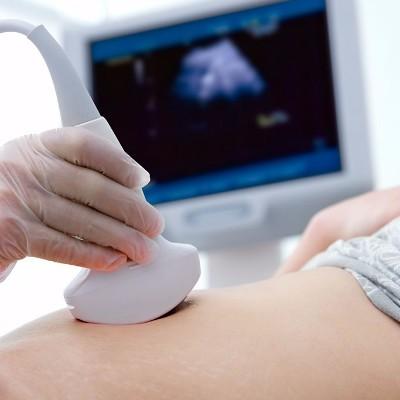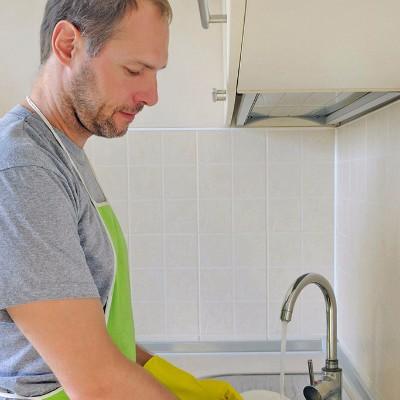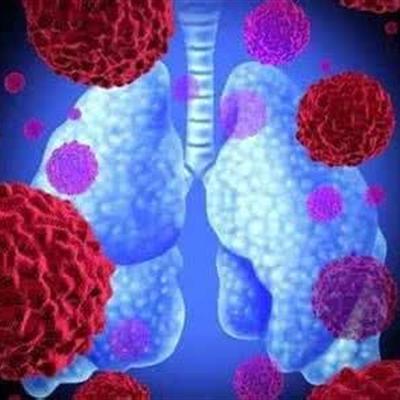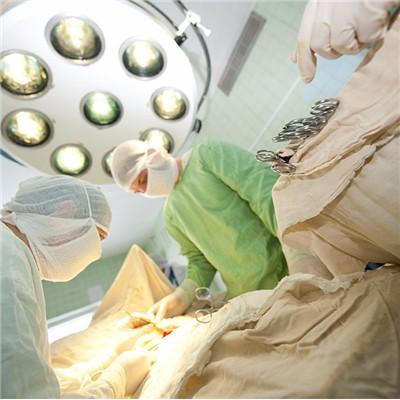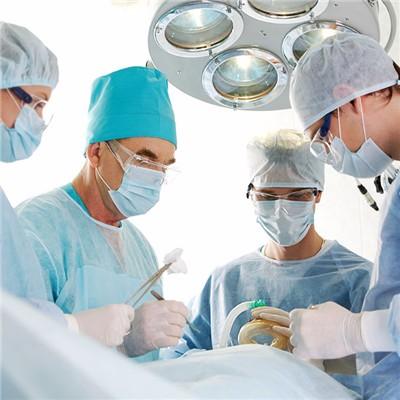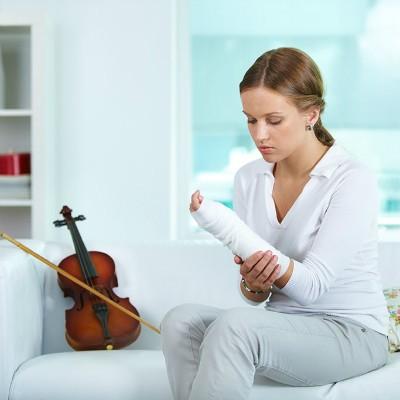Tracheoscope and gastroscope which suffer?
summary
The so-called stomach disease is actually the general name of many diseases. They have similar symptoms, such as epigastric discomfort, pain, fullness after meals, heating, acid reflux, even nausea, vomiting and so on. Clinical common stomach disease has acute gastritis, chronic gastritis, gastric ulcer, duodenal ulcer, gastroduodenal compound ulcer, gastric polyp, gastric stone, benign and malignant tumor of the stomach, which is uncomfortable with tracheoscope and gastroscope? Let's talk about it
Tracheoscope and gastroscope which suffer?
Bronchoscopy is to use a bronchoscope with a diameter of about 0.6cm to put it into the mouth, nasal cavity or tracheotomy opening after local anesthesia. So do bronchoscopy is no feeling, just feel fast suffocation, the general length of time and the operation of technical personnel's proficiency, if smooth, generally about half an hour can be checked, bronchoscopy is to use the diameter of about 0.6cm bronchoscope, after the implementation of throat local anesthesia, through the oral cavity, there is a sense of suffocation, but can be tolerated. Fasting should be at least four hours before examination to avoid pneumonia caused by choking during operation. During the operation, the patient should not speak to avoid vocal cord injury, but if there is discomfort or chest pain during the operation, he can raise his hand. It is suggested to cooperate actively.

Do not eat at least 8 hours before the examination, water, food in the stomach is easy to affect the doctor's diagnosis, and easy to promote nausea and vomiting. In order to reduce throat discomfort, medical staff will spray anesthetic on the throat of the subject 3 minutes before the examination. First change into loose clothes, adopt left lying position, legs slightly curved. When the gastroscope is put into the mouth of the patient, the doctor should relax the whole body and swallow slightly, so that the gastroscope can pass through the throat and enter the esophagus smoothly.

There are two kinds of gastroscope, one is ordinary gastroscope, the other is painless gastroscope. The two processes are basically the same. According to the different diseases, they usually last about 20 minutes. Painless gastroscope is slightly longer due to anesthesia. Common gastroscope has certain gastrointestinal discomfort (not pain, mainly cough, nausea, salivation), which is suitable for young patients. Painless gastroscopy feels better, but it has to bear the risk of anesthesia, so both have their own advantages and disadvantages, and should be considered.
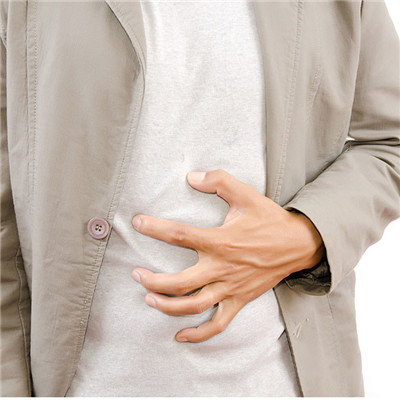
matters needing attention
1. Eat a small amount of food, 5-6 meals a day, pay attention to timing and ration, avoid over starvation and over satiety. Choose easy to digest, high nutritional value and stomach protection food. 2. Cooking methods: steaming, boiling, boiling, steaming, stewing and other cooking methods should be used instead of fried food. 3. Avoid using food with more crude fiber, hard and indigestible. Avoid using too sweet, too sour, too cold, too hot and spicy food.

